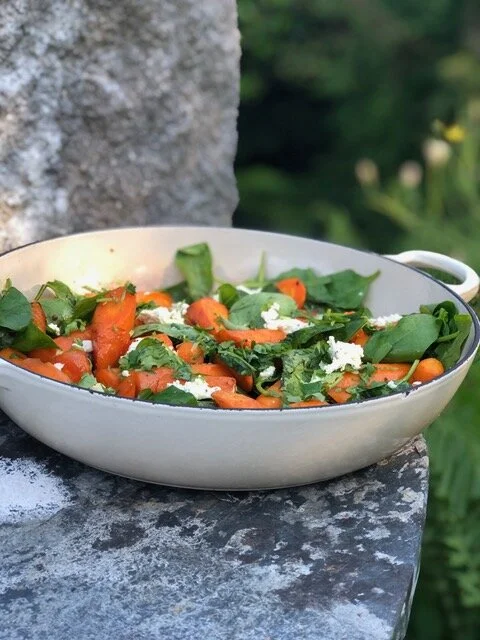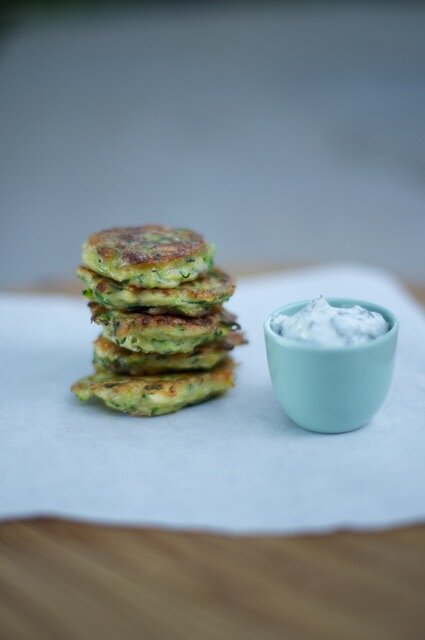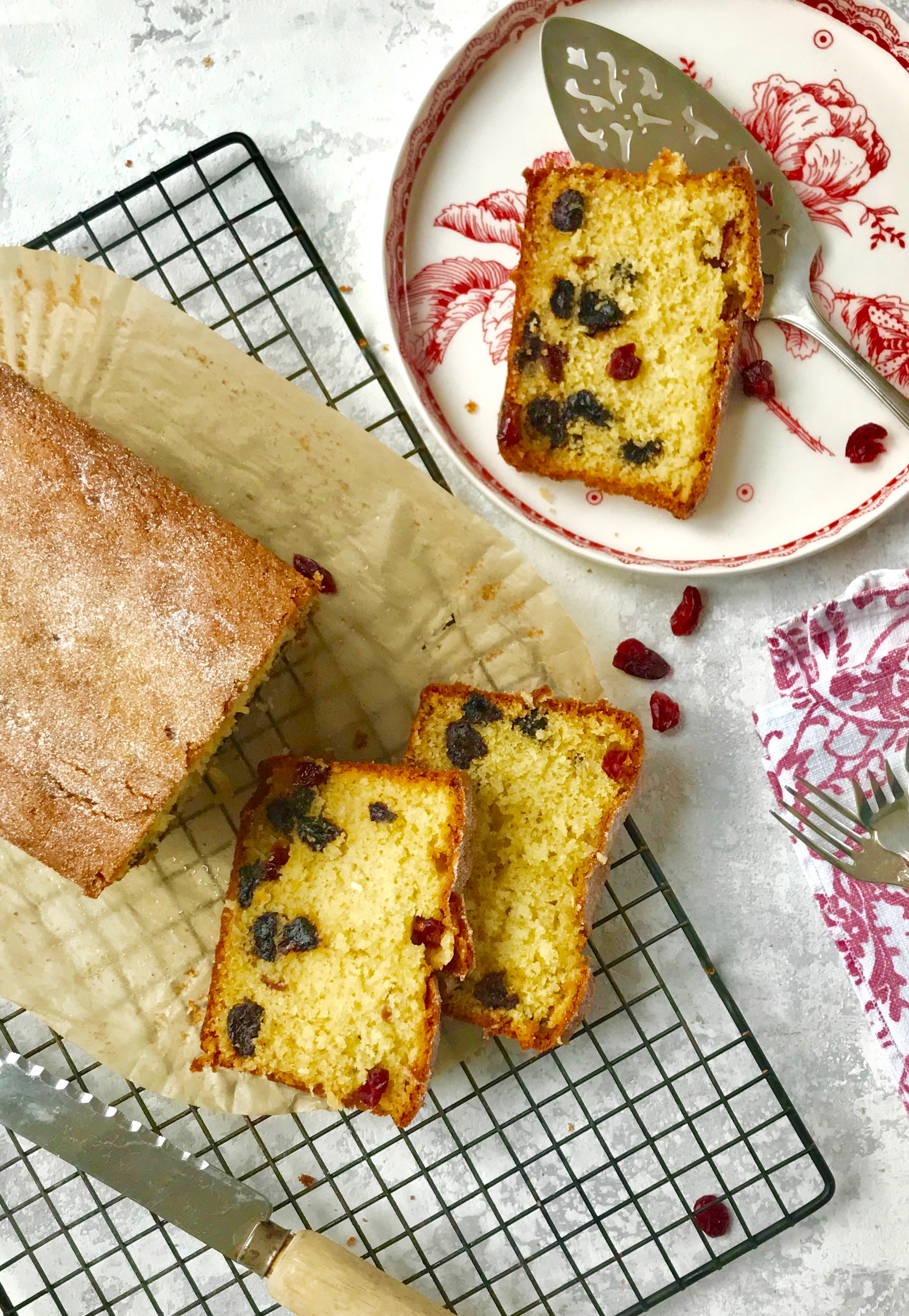The Gluttonous Gardener's Jewelled Christmas cake
The Gluttonous Gardener traditionally create a predictably quirky alternative Christmas cake every year, and I’m really rather pleased with this one, which I created with their Head Gardener, Ned Trier. The opposite of a traditional heavy fruit cake, our delightfully festive recipe has a syrup-drenched almond and polenta base topped with jewel-like sugared calamondin oranges and lemons. It’s quick and easy to put together, and will keep for a few days in an airtight container. Serves 8.
Cake
250g soft butter
250g caster sugar
3 medium eggs
100g self-raising flour
1 tsp baking powder
20g ground almonds
Finely grated zest and juice of one lemon
Honey drizzle
100g orange blossom or other runny honey
80g granulated sugar
Finely grated zest and juice of one lemon
Sugared peel
Granulated sugar
5-7 Calamondin oranges, halved horizontally, pips removed
4 thin lemon slices
Preheat the oven to 180/160 fan and grease and line a 25 x 25 square tin or 25cm round cake tin with baking paper or a re-usable liner.
Beat the butter and sugar together until light and fluffy. Add the eggs one at a time, beating well after each one. If it starts to curdle, add a spoonful or two of flour and continue beating.
Add the flour, baking powder, almonds, lemon zest and juice and stir just until completely combined. Do not over- mix.
Tip the cake mixture into the lined tin and gently smooth the top. Bake for 40-45 mins until a cake tester comes out clean and the top is bouncy but firm to the touch. If the top looks as if it is starting to burn, cover the cake loosely with a sheet of foil.
While it is baking, you can make the toppings.
Mix the ingredients for the honey drizzle together in a small bowl and set aside.
To make the sugared fruits, cover the bottom of a medium saucepan with sugar 1cm deep. Add a tablespoon of water and heat gently until the sugar has dissolved.
Lay the fruit out evenly in the bottom of the pan without overlapping. Gently poach it in the sugar mixture for 10-15 minutes until the fruit has softened and the mixture has thickened. Allow to cool completely in the pan, then return the pan to the stove and reheat gently. Continue heating until the fruit has turned translucent and the syrup is thick and shiny.
Remove the cake from the oven, and while it is still in the tin, use a cake tester or cocktail stick to make little holes over the top. While it is still warm, pour the syrup topping evenly over the top. Spoon the sugared fruits over the top.
















